One of two longtime All-Star guards to request a trade this summer, James Harden – like Damian Lillard – has a one-team wish list. While Lillard is trying to make his way from Portland to Miami, Harden is hoping for a deal that will send him from the Sixers to the Clippers.
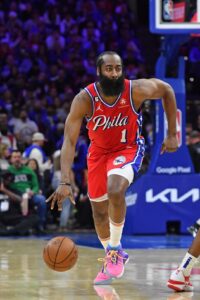 As similar as the two situations are, there are two key factors that differentiate them.
As similar as the two situations are, there are two key factors that differentiate them.
For one, Harden’s contract situation is more typical of what we’ve historically seen for a player on the trade block — he’s on a $35.6MM expiring contract and will reach unrestricted free agency in 2024. That means any team acquiring him will only be assured of having him for one year. Harden’s new team would acquire his Bird rights and might be pretty confident about its ability to re-sign him next summer, but he won’t be extension-eligible before becoming a free agent, so there are no guarantees.
Secondly, Harden is at a slightly different point in his career than Lillard, who averaged a career-high 32.2 points per game last season and appears to still be very much in his prime. Harden, who will turn 34 later this month, is only a year older than Lillard, but he has seen his production dip since he left Houston. After averaging 35.3 PPG across two seasons from 2018-20, Harden has put up more modest numbers (22.3 PPG on .436/.358/.870 shooting) while playing for three different teams in the three years since then.
That drop-off is partly related to an adjustment in role(s) for Harden, who was the go-to scorer in Houston and has played second fiddle to stars like Kevin Durant and Joel Embiid in Brooklyn and Philadelphia. But he also doesn’t have the same explosiveness he showed when he was geetting to the basket and drawing fouls during his prime Rockets years. Harden averaged over 10 free throw attempts per game during his eight seasons in Houston, but went to the line just 6.2 times per night last year in Philadelphia.
Harden, the NBA’s assists leader in 2022/23 (10.7 APG), is still an All-Star caliber player and one of the league’s best offensive guards. But given his age, his declining production, and his contract situation, it’s perhaps no surprise that the Clippers have been reluctant to make the Sixers a substantial trade offer so far.
The fact that the Sixers want to contend for a title rather than enter another rebuild complicates matters. They won’t be content to accept a package of draft picks and/or young players that won’t make them better – or at least make them just competitive – in the short term.
In theory, the Clippers make sense as a trade partner for that reason. They have a handful of veterans earning between $11-18MM who could be used as salary-matching pieces and who could fit the Sixers’ roster. Marcus Morris ($17.1MM), Nicolas Batum ($11.7MM), and Robert Covington ($11.7MM) are on expiring contracts, while Norman Powell ($18MM) has three years left on his deal.
But the 76ers are reportedly hoping to maintain significant 2024 cap room, reducing the appeal of Powell. And a package of, say, Morris, Covington, and Amir Coffey ($3.7MM) wouldn’t move the needle much. Terance Mann, an improving 26-year-old guard who’s a career 38.3% three-point shooter, would be a nice get for Philadelphia, but the Clippers are said to be reluctant to include Mann in an offer for Harden.
Los Angeles could theoretically offer up to two future first-round picks, but the team can’t trade a first-rounder earlier than 2028 due to prior trade obligations and I suspect L.A. would want to include protections on any pick it moves. As noted above, draft picks wouldn’t appeal to the Sixers much anyway, unless they could immediately flip them for a win-now asset.
While the Clippers could make a viable offer for Harden, there’s no indication they’re eager to put Mann and/or an unprotected first-rounder on the table, and Sixers president of basketball operations Daryl Morey has shown in the past that he’s comfortable dragging these situations into training camp or even the regular season.
Perhaps the Clippers will feel more urgency as the season approaches or maybe a new suitor will emerge for Harden, but for now, no deal appears close.
With all that in mind, we want to know what you think: Will Harden open the regular season with the Sixers, the Clippers, or another team?
Weigh in below our poll, then head to the comment section to share your predictions!
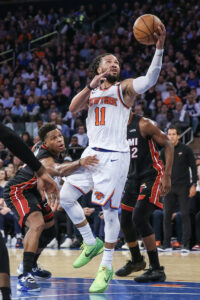

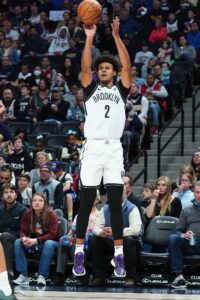
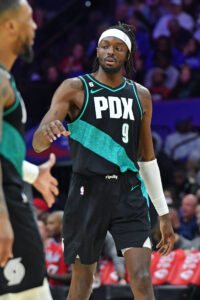
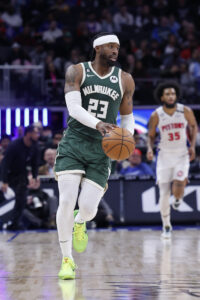
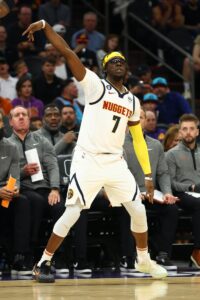
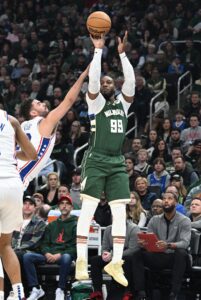
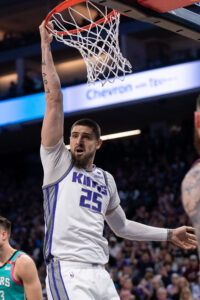
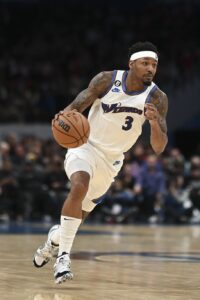 To be eligible to negotiate a no-trade clause, a player must have at least eight years of NBA experience and has to have spent at least four years (not necessarily the most recent four years) with his current team. He also must be signing a free agent contract, rather than an extension.
To be eligible to negotiate a no-trade clause, a player must have at least eight years of NBA experience and has to have spent at least four years (not necessarily the most recent four years) with his current team. He also must be signing a free agent contract, rather than an extension.